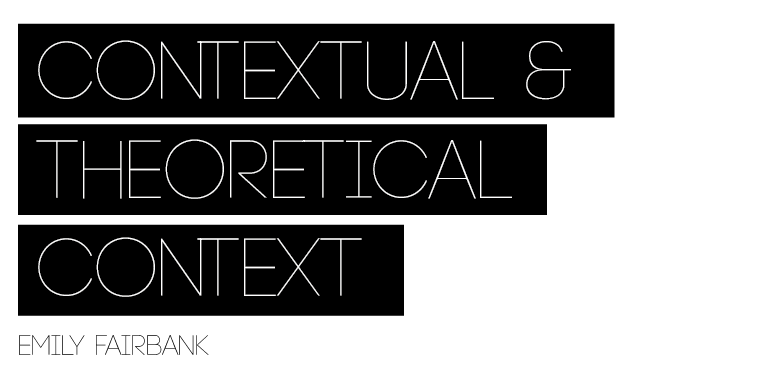KEY POINTS - it was an anti-historic movements, so the idea behind the movement is to look forward
- lacks unnecessary decoration/ornamentation
- Form FOLLOWS Function
- use of SIMPLE and sans-serif fonts e.g. Helvetica
- flashed left and ragged right margins
- Abstract forms
- Universal design language
- Use of Grids and geometric/angular forms
- simple use of colours
- 4 MAIN CHARACTERISTICS
- aesthetics self reflectiveness
- photo-montage
- use of Paradox, Ambiguity, and Uncertainty
- loss of an integrated subject
TASKS - below have a chosen 5 images of modernist graphic design and made brief notes/bullet points about how they reflects the modernist style.
IMAGE 1
- Piece incorporates the use of geometric and angular shapes, which are represented in simplistic and representational use of colours - red symbolises the Russians/communists.
- Use of abstract forms - surrounding the big 'wedge'
- function comes before FORM
- There is no unnecessary decoration to this piece, it is clear and simple and hence there is a loss of an integrated subject.
'BEAT THE WHITES WITH THE RED WEDGE (1919) - EL LISITSKY
IMAGE 2
- Simplistic geometric shapes - in a clean, simplistic arrangement
- basic use of colours and stock
- sans-serif font (Helvetica)
- form follows function
- just basic shapes used, no unnecessary decoration - universal design language.
IMAGE 3
- Photo montage combined with bold, angular shapes and typography - abstract forms/way of presenting the photograph with curved in sides
- sans-serif type face
IMAGE 4
- Photomontage - combined black and white images
- angular/geometric shapes
- sans-serif typeface - helvetica
IMAGE 5
- clear simplistic design - block colours.
- no unnecessary use decoration, just simple forms and lots of black used - stamp like effect to the poster







.jpg)